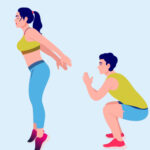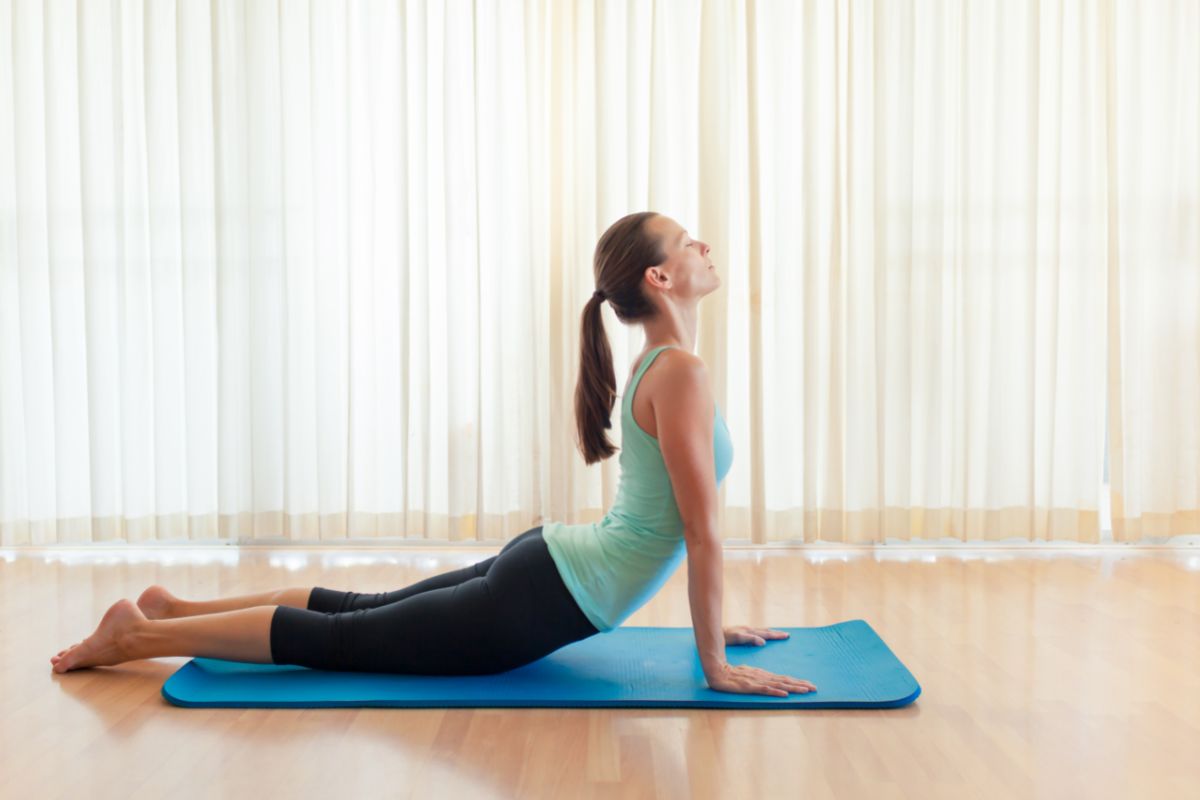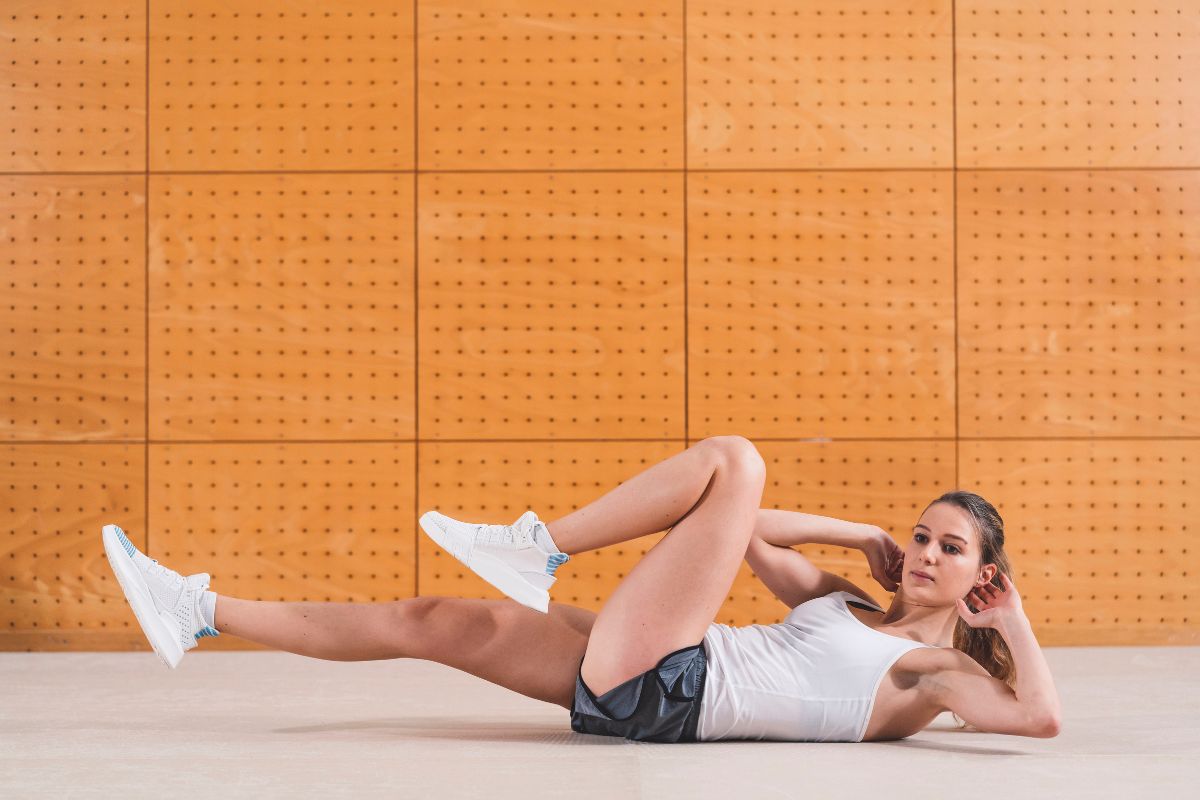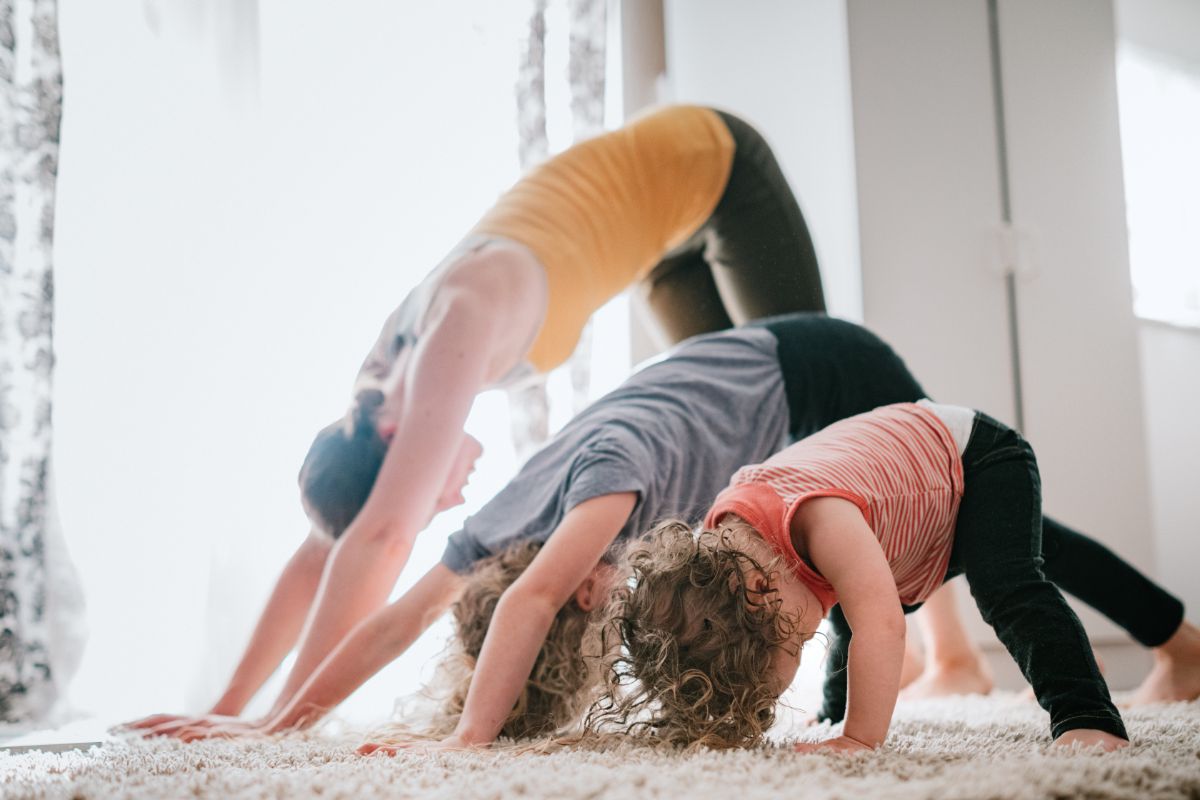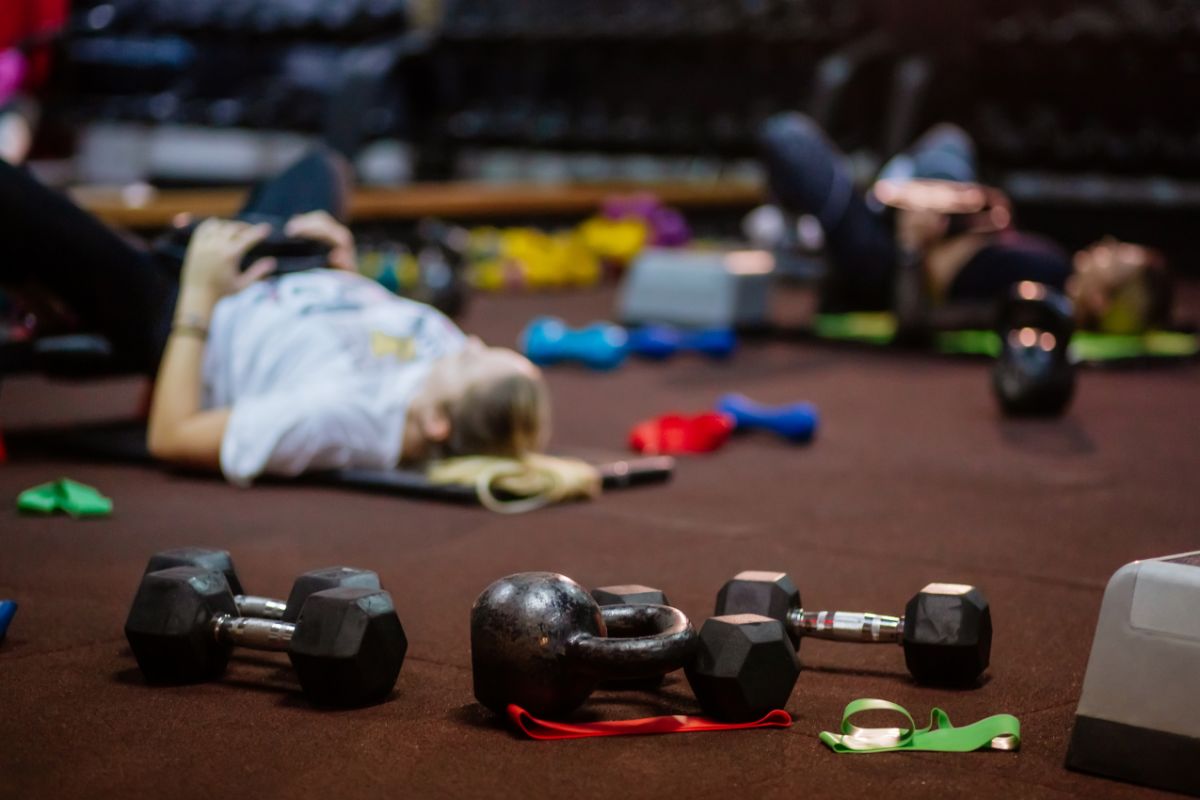Last Updated on September 12, 2022 by TJ Daniels, Certified Personal Trainer
Going for a run or jog is one of the best ways to boost your fitness and build your stamina as it engages the majority of your body.
However, not everyone has the opportunity to get out and “hit the pavement” or treadmill, and sometimes the weather makes it impossible to get out even if you wanted to.
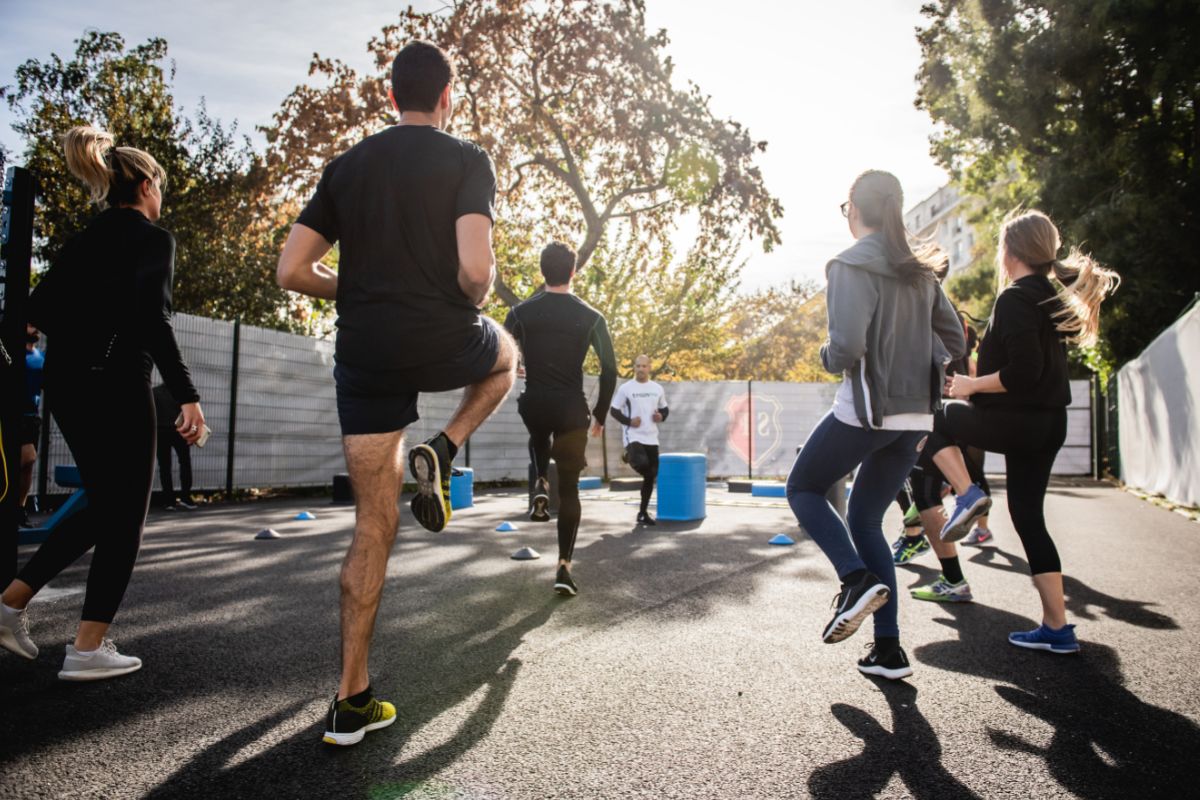

So what can you do instead to get exercise and get your heart rate up? Well, one solution is to stay in your home and run in place.
Amazingly, you will receive all (or most) of the benefits of traditional running, without the pressures of having to leave the house!
The Benefits Of Jogging
Jogging or running, whether on a treadmill, outside, or just in place, is a cardiovascular exercise which means that it’s a really great way to boost your health as it gets your heart working overtime, which gets more blood to your muscles and to your brain.
There are some experts that discourage running due to the impact on the lower body, however, if done properly, running is not only great for your body but it is great for your mind, too!
This could mean improvements to your mood, sleep, and memory. As well as that, running engages the majority of muscles in your body.
Your quads, core, and glutes all play a major role in keeping you on your feet as you run, and running consistently is a fantastic way to boost your fitness.


The Benefits Of Running In Place
Health Benefits
Many people may think of running in place as one of several warm up exercises and not actually part of a workout routine. However, running in place has tremendous cardiovascular benefits and can be an effective workout, delivering many of the same benefits as normal running.
Running in place as a workout has been shown to improve posture, improve circulation, increase lung capacity, improve lower leg strength, and even improve mental health.
One of the main benefits of running in place is that you can work out anywhere and at any time! One of the main reasons people don’t reach their fitness goals and maintain a healthy weight is attributed to a lack of time.
Accessibility
After a long and busy day of work, walking or driving to a gym may not be an option. However, running in place can easily be your aerobic exercise for the day and allow you to achieve your cardiovascular fitness and work many different muscles in the comfort of your own home.
You will be able to build muscle endurance and enjoy an effective workout right in your living room or hotel room and it doesn’t require a lot of space.
You can even make running in place fun by listening to your favorite podcast or watching your favorite TV program while you are enjoying an aerobic workout.
Great As A Supplement
Running in place is an excellent alternative to jumping rope and you can even mix in some butt kicks or high knees to burn even more calories.
As a supplement to weight training or high intensity interval training exercises, running in place workouts can be integrated into what you are already doing. You can move right to running in place between your sets of push-ups or burpees to really get your heart rate up!


Improve Form And Recover From Injury
For those that are working on their running form, running in place and doing the routine slowly and with proper form will prepare you to use the correct form during your next outdoor session.
Running in place is also a great option for those that might be recovering from an injury or dealing with knee pain, as running in place puts less stress on your body while enjoying many of the same benefits as normal running.
Especially for anyone that is recovering from a running related injury, this is a great way to strengthen those muscles and get yourself back into moving but without having to go for a normal run and potentially make your injury worse.
Also, anyone who has issues with their hip flexors or has stability issues could start out with a few stretches and jog in place to get their heart pumping and enjoy an aerobic activity.
Traditional Jogging Vs Jogging In Place
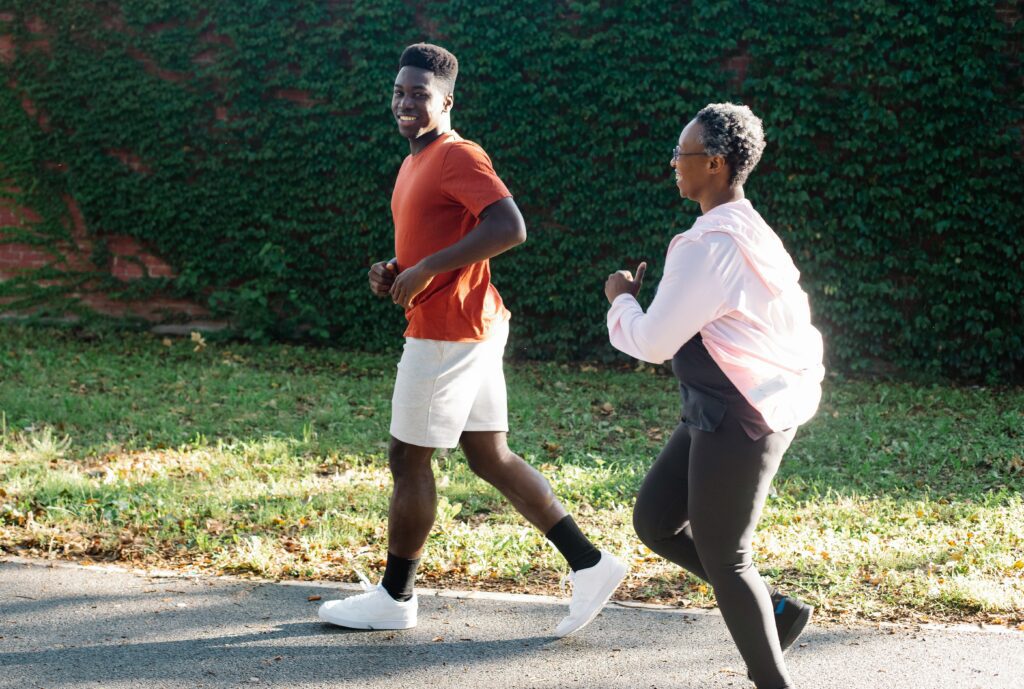

At first glance, it might seem like running in place is going to have the exact same level of effectiveness for your body as traditional running or jogging, however, there are some key differences that you should consider when deciding whether you should go for a traditional run or stay home and jog in place.
Calories Burned
Although running in place will provide you with an aerobic workout, you are likely to burn more calories jogging outside than you are on a treadmill or at home in one place.
This is because your outdoor terrain and incline are frequently changing, without you even noticing most of the time, which increases the demand on your body and, therefore, increases the health benefits.
A good example of this is the extreme of running uphill. Running uphill, as you know, is more difficult and requires you to really tighten your core muscles which will burn more calories than running in place where there’s no incline or chance to change the terrain.
On the other hand, while one 30-minute session of running in place won’t burn as many calories, you’ll probably find that you’re able to fit in more than one workout session a day.
As well, if you go at a slower pace than a normal run, you can incorporate light weights into the workout to include different muscle groups in your session.
Keep in mind, if you’re up for it, you could easily do multiple workout sessions in the day due to how convenient the exercise is which will burn calories and allow you to enjoy even more health benefits versus a single session.
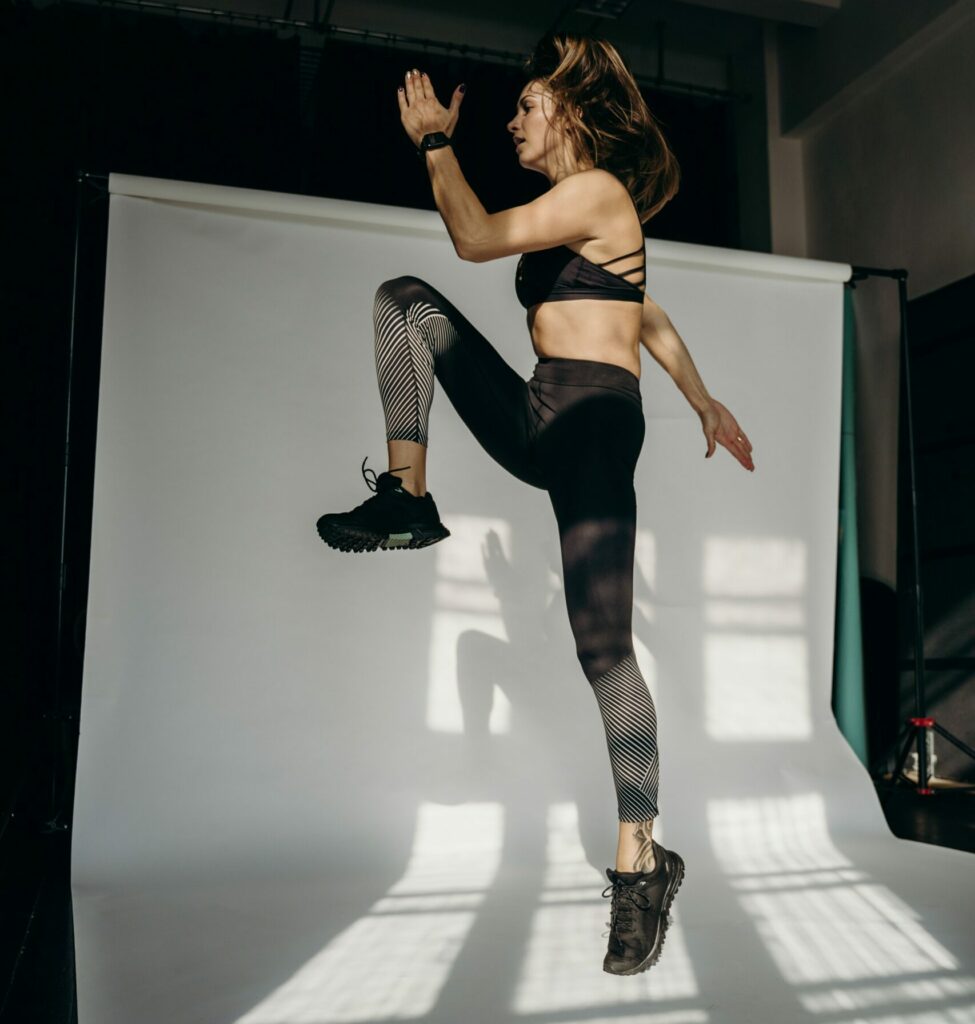

Intensity
As mentioned in the previous point, running in place is less strenuous than traditional running or jogging which means that it is also less intense versus other exercises.
This means that it could be perfect if you’re just starting your fitness journey or returning to it after a break. It’s a great way to start building up your movement and stamina while burning calories, without pushing yourself too far, too quickly.
However, if you’re looking for a way to increase the intensity of your jogging workout then you could work on bringing your knees higher or do butt kicks as you run in place as this will engage more muscles and push you a bit further.
Or, for even more of a full body workout, you could do the exercises with light dumbbells in your hands which will force you to tighten your abdominal muscles which will improve your muscle strength and provide you a higher intensity workout.
Muscles Engaged


Both traditional running and running in place still engage the majority of the major muscles in your body.
Jogging works out your hamstrings, quads, glutes, and calves – all the muscles in your legs as they are consistently pushing and pulling as you move your legs.
Your core helps to stabilize yourself while you’re moving in order to keep you balanced.
And finally, your upper body – arms, shoulders, etc. – is engaged as you swing your arms to move you forward.
The biggest difference between traditional jogging and jogging in place is how much of a workout it is for your arms, as you don’t need to move forward and therefore you’re depending a lot less on your upper body.
Convenience
It’s recommended that healthy adults do about 100 minutes of activity a week to maintain their current weight and level of fitness.
If you’re wanting to increase this in order to reach a fitness goal and improve your cardiovascular health, then running in place could be the thing that helps you as it is far more convenient.
When you jog outside you have to plan a route, make sure you’re wearing the proper outfit, then get home and shower before you do anything else.
Running in place can be a less intense workout but still burns calories, so you’re less likely to need to shower afterward, which means you can do it at any time during the day.
You could hit your fitness goals quicker by running or jogging outside, but switching it up to running in place will still help you stay active at times that are convenient for you.
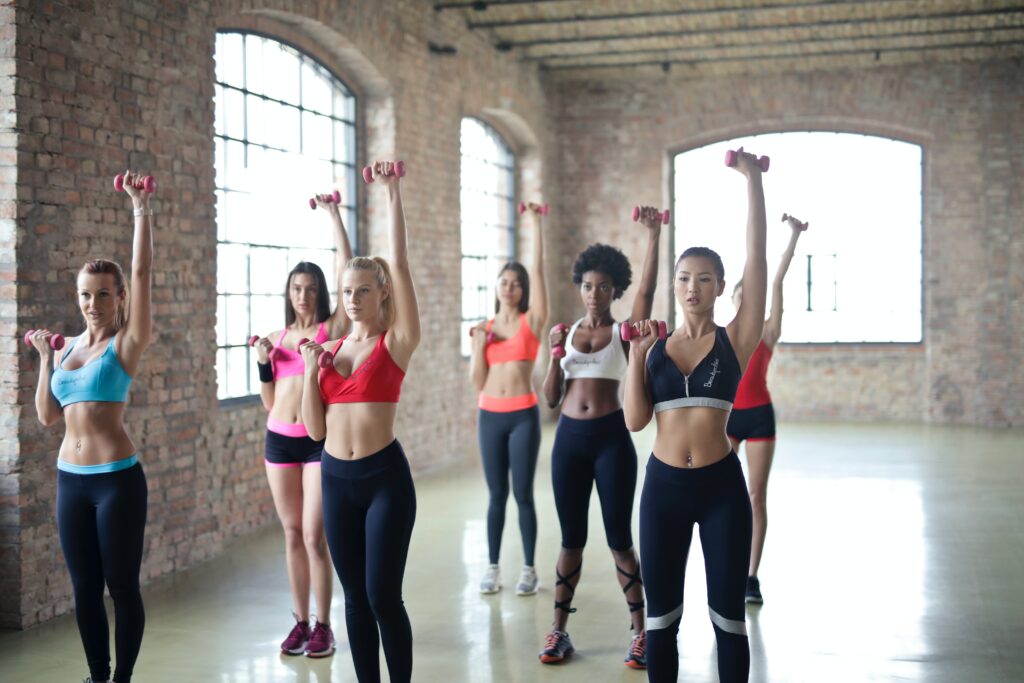

Define Effective
I think before I can wrap up whether running in place is going to be effective for you, you need to make sure you know how you’re defining “effective”.
Are you asking whether running in place is still exercising or are you asking if it’s just as good as running outside?
Are you asking whether it’s effective for weight loss, or just boosting your fitness? These are questions that you need to know and I will try and cover all of them.
Bottom Line – Is Jogging or Running In Place Effective?
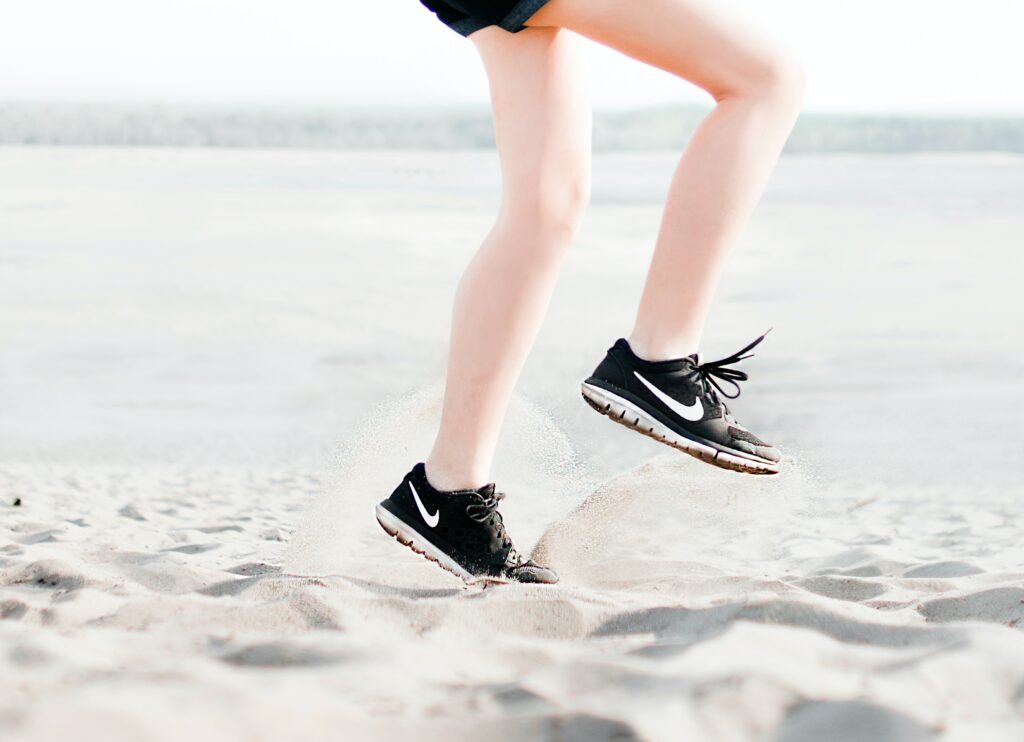

Short answer: yes!
Longer answer: It’s definitely effective and will provide you with a good workout because anything that gets your heart rate up and gets you moving that is performed consistently for 20-30 minutes a day is going to be an effective way to boost, or at least maintain, your fitness.
It’s an easy exercise that just about anyone can complete without prior training or any equipment.
Remember: consistency is key! There may be times when all you can fit into your schedule is a 20 to 30-minute run in place workout.
There may also be times when you don’t have the right equipment or environment for an outdoor run or another exercise, and a run in place is MUCH better than nothing.
As with any workout routine, make sure you start slow and work your way up in intensity as you develop muscle strength.
But don’t forget, traditional running or jogging outdoors or on a treadmill is going to be more effective because you will be able to engage your upper body more and vary your incline and terrain.
Conclusion
If the choice is between running in place and not doing anything, then you should jog in place. Doing any type of exercise on a consistent basis will help you manage or lose weight and will benefit your fitness level!
- How To Start HIIT Workouts [Beginner’s Guide] - May 18, 2023
- How To Sneak A Workout In While Taking Care Of Your Baby - March 17, 2023
- How To Build Your Chest With Dumbbells [Guide] - February 9, 2023

